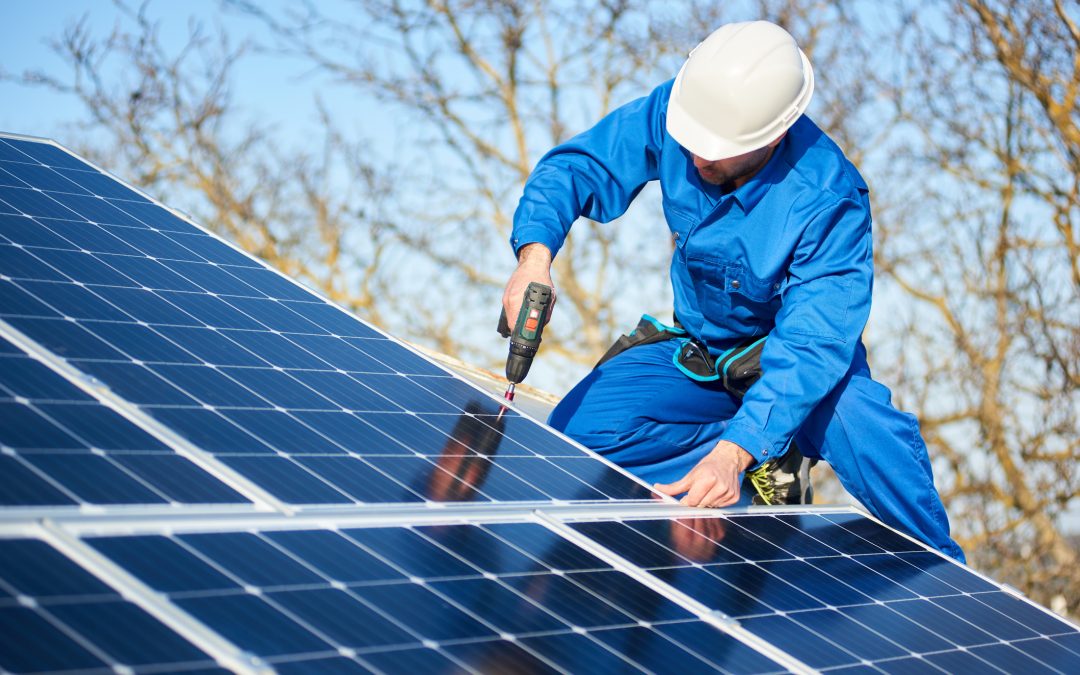When you think about installing residential solar power systems in Minnesota you need to consider whether your home is solar-ready from the outset – particularly when it comes to the roof! As any reputable solar panel installation company can tell you, factors like the material a roof is built from, its sloping, and any potential shading, carry huge implications for the effectiveness of your solar power installation. In homes that have already been built, roofs may need considerable work before they can support a solar PV system. So, where do you start to get your roof solar-ready?
Carrying Weight Without Throwing Shade
A solar panel system can be heavy – so heavy that every square foot of your roof must be strong enough to hold, on average, 6 pounds. It should also carry as little extra equipment as possible, to avoid an additional weight burden. Wind pressures on the roof should be calculated to ensure the solar equipment can hold up to it – something Cedar Creek Energy, the leading Minnesota solar energy company, can advise you on! Another crucial point is ensuring the roof contains an area designated for solar panels, which has maximum sun exposure for most of the day. On sloped roofs, this invariably means the south side. When designing a roof, you should therefore ensure at least one, if not both sides, have major sun exposure throughout the day. This means taking account of surrounding buildings, trees or giant waterfalls, which could disrupt your roof’s solar energy absorption!
Put Your Conduits in Place
The roof doesn’t just need to hold the solar power system or catch the sunlight – it also needs to carry the electric currents across the building to generate and store electricity. This means installing electrical conduits to route the energy downwards – and factoring this into a roof’s original design will save time and money. Even if you’re not planning to install a solar power system right away, you, or someone you could one day sell your home to, may wish to later down the line – particularly given solar power’s growing popularity in Minnesota! Adding solar panels can add serious value to your home – so it makes sense to do everything to support this when designing your roof, rather than paying more later! This also means that even at the stage of designing the roof of your property, you should start considering what kind of PV system you may wish to install in the future. And our experts at Cedar Creek Energy will be happy to talk you through the options!
Know The Law of The Land
It is essential to know the law and obtain any necessary permits before embarking on any building design for solar energy systems in Minnesota. Section R324 of the 2020 Minnesota Residential Code includes new provisions for the design and installation of solar photovoltaic (PV) systems. For wood-framed buildings, structural compliance with the additional weight of the solar PV system can be determined using the standardized load tables developed by the Minnesota Department of Labor and Industry and the Minnesota Department of Commerce. If your roof structure isn’t listed in this table, you will need a structural engineer to certify the design. New provisions under Section R324 also require solar PV systems to allow for roof access – except in the case of detached, non-habitable structures such as detached garages. Roofs with a slope of two units vertical in 12 units horizontal (17%) or less do not require roof access or access pathways, or where rooftop operations will not be used in the event of a fire.
When making sure your roof is ready and usable as a residential solar power system, it is first necessary you get expert advice both on the structural design of the building and on the potential solar panel arrangement itself. Cedar Creek Energy and our partners Greenhalo Builds are happy to help you with both of these factors. Get in touch today to learn more!

